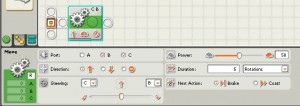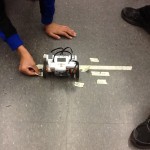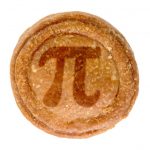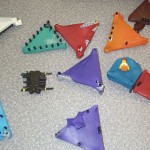The word ‘robotics’ can be a little intimidating to a teacher new to the field. I constantly encounter teachers who have been thrust unsuspectingly into the role of the ‘robotics teacher’ simply because they were in the staff room at the time the Principal was looking for a volunteer. They hear the words ‘robotics’ and ‘programming’ and are immediately filled with dread. But while it is possible to use robotics to create amazingly complex creations, we often overlook the fantastic array of simple, and educationally effective activities we can do.
The following is a range of activities you can run in class using just a single Block in NXT-G, the ‘Move’ Block
With this block we can get the robot to move based on the following parameters
- Direction
- Steering
- Power
- Duration
Activity 1: How far to the shop?
You’re at home, you need to get to the shops. The shops are 100cm away. How many rotations do you need to get there?
Activity 2: How far does your robot travel?
How far does the robot travel with 1 rotation? How about 2 rotations? Is there a relationship between how many rotations the wheels turn and how far the robot travels?
Activity 3: How fast does your robot travel?
How far does your robot travel in 2 seconds? What about 4 seconds? What about 6.3 seconds? Could you plot all this data as a graph? Reading from the graph, can you predict how many seconds are necessary to travel 72cm? What is the average velocity? Does the distance change if you are on carpet/concrete/wood/grass?
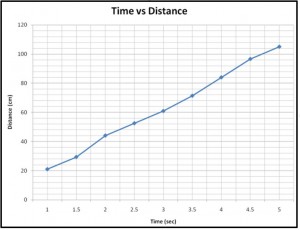
Activity 4: Make your robot drive in a figure 8
There are lots of different ‘figure 8’s’. Which are more aesthetically pleasing? Which are more efficient?
In conclusion, keep it simple! You do not need a degree in programming to do effective, simple activities with robotics.
—
Damien Kee
www.damienkee.com
damien@damienkee.com
Latest posts by Damien Kee (see all)
- It’s not rocket science: Keep it simple! - 30 May 2013
